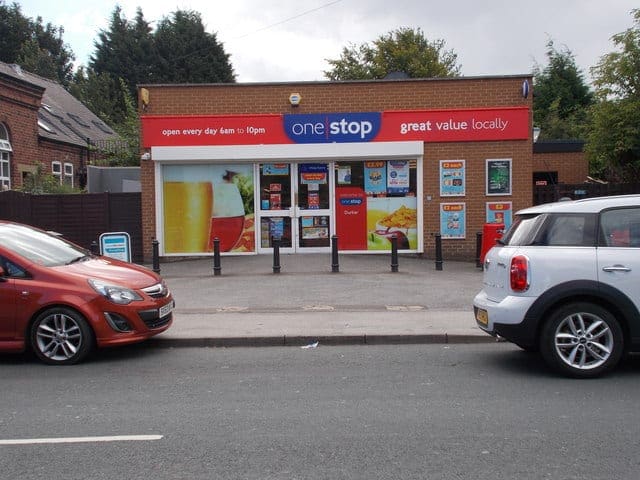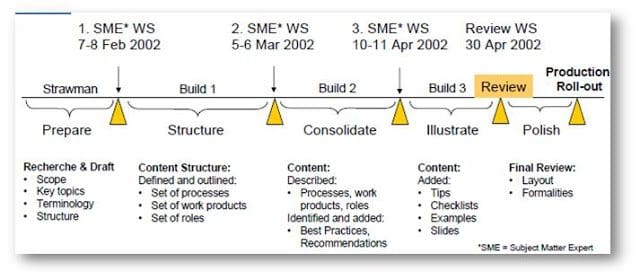
Favorite There are two approaches to managing a body of knowledge within a community of practice – curation, and synthesis. One of the functions of a community of practice is to provide a means for developing and co-owning a documented “body of knowledge” on behalf of the community (the other
Read More
 Shared by Nick Milton January 17, 2022
Shared by Nick Milton January 17, 2022

Favorite There are four ways to manage bodies of codified knowledge – tagging, collection, curation and synthesis. We can illustrate this by looking at lesson learned systems. Content Curation Process, by Automotive Social, on Flickr Imagine your organisation has been documenting lessons from projects for years, and storing the documented
Read More
 Shared by Nick Milton March 15, 2021
Shared by Nick Milton March 15, 2021

Favorite When we set up our KM systems, lets make it as simple as possible for the knowledge-seeker. Let’s aim for the one-stop shop. Image from geograph.org.uk It is common for Knowledge Managers to start to plan their KM systems based on the supply of knowledge, or based on the
Read More
 Shared by Nick Milton June 20, 2018
Shared by Nick Milton June 20, 2018

Favorite Knowledge adds value when it is current, useful, validated, acccessible, combines knowledge from many sources, and is packaged in a usable format. Here’s how Siemens does its knowledge synthesis and packaging. Siemens define a knowledge asset as being Validated Explicit knowledge on a value-adding Business processes. I like this definition, as it
Read More
 Shared by Nick Milton January 8, 2018
Shared by Nick Milton January 8, 2018

Favorite The endless accumulation of reports is not necessarily a helpful thing in Knowledge Management. Image from wikimedia commons This issue was recognised thousands of years ago by one of the reputedly wisest men in history – King Solomon – revered as a prophet, King and Wise Man by all
Read More
 Shared by Nick Milton September 21, 2017
Shared by Nick Milton September 21, 2017
Favorite I heard a useful metaphor last week – Knowledge Management as distillation. Image from wikimedia commons Knowledge is involved in almost everything we do at work, and the work products we create contain the outworkings of that knowledge. However just collecting work products is not Knowledge Management, as that
Read More
 Shared by Nick Milton June 22, 2017
Shared by Nick Milton June 22, 2017
![]() Shared by Nick Milton January 17, 2022
Shared by Nick Milton January 17, 2022




